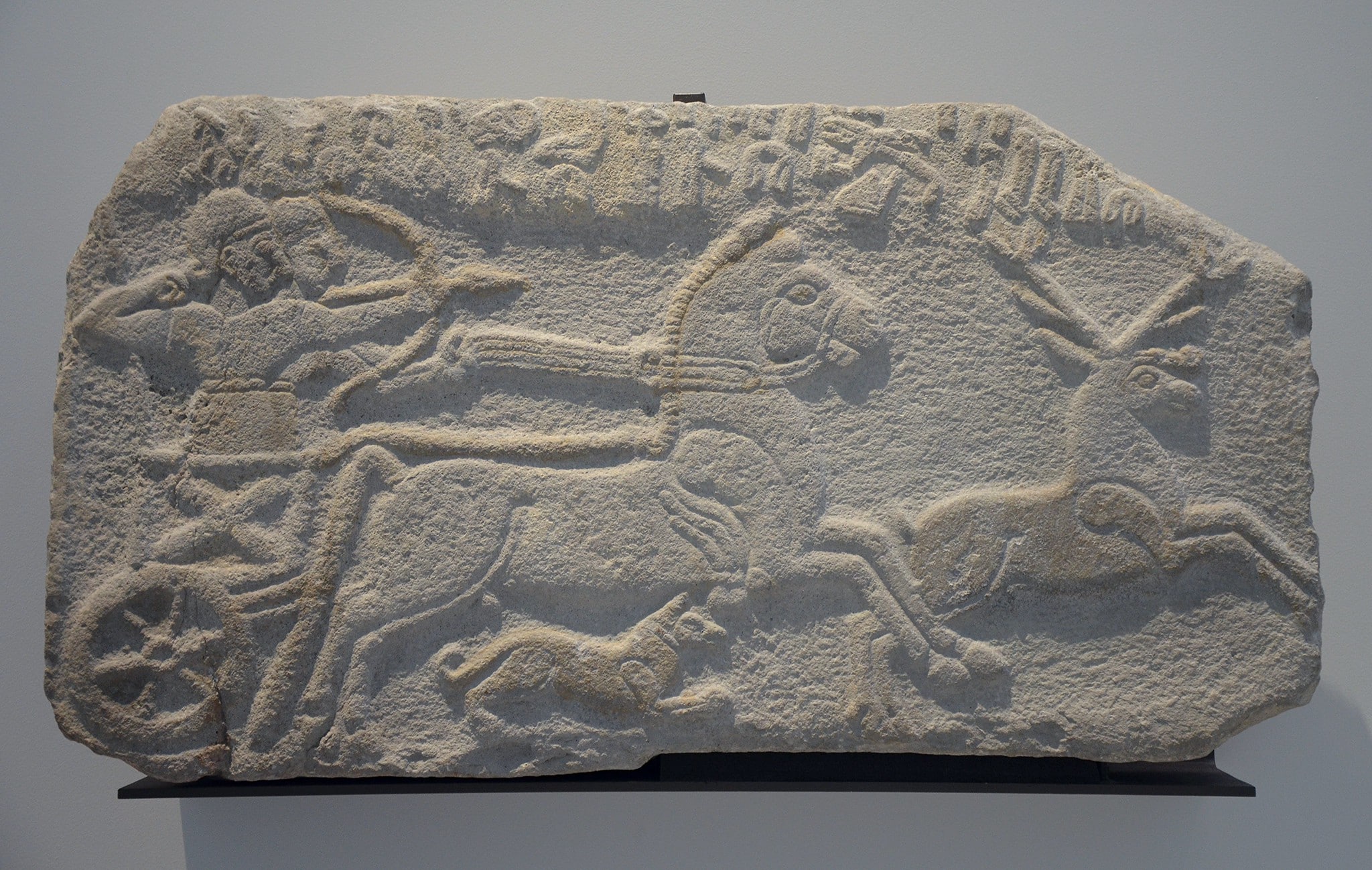Chariot relief from the 9th century B.C. Credit: Carole Raddato / Flickr / CC BY-SA 2.0
A new study challenges the long-accepted belief that the Assyrian Empire pioneered cavalry in the ancient Near East. The research argues that mounted horses warfare first took shape among the Luwian and Aramean states in the Syro-Anatolian region during the late 10th century B.C., decades before the Assyrians fielded their own mounted units.
Long-standing view of Assyrian cavalry comes under review
For years, historians credited Assyria with replacing chariots with organized horsemen in the 9th century B.C. That timeline is now under scrutiny. The new analysis suggests that the shift to independent horse-riding soldiers began earlier and outside Assyria’s borders, in smaller Iron Age states that have often been treated as politically secondary.
The study draws on inscriptions and carved reliefs that show riders in northern Syria and southeastern Anatolia equipped for combat and seated firmly on their horses. These riders appear as individual mounted fighters, not as paired teams. Their posture, weapons, and control of their horses indicate training and coordination absent from early Assyrian material.
Criteria used to define a true cavalry unit
The research sets clear standards for recognizing cavalry. Riders must control their own horses, fight while moving, and function as a unified force rather than as extensions of chariot crews. Early Assyrian images do not meet those conditions. Their riders still relied on a second man to hold the reins, repeating the driver-archer model of chariot warfare.
Assyrian war chariot. Credit: Osama Shukir Muhammed Amin FRCP(Glasg) / Wikimedia Commons / CC BY-SA 4.0
By contrast, reliefs from Syro-Anatolian sites show armed riders who manage reins and weapons without assistance. Their equipment and riding stance suggest a fully developed system in which the horse and rider act as one combat unit. According to the study, this marks the earliest confirmed appearance of cavalry in the Near East.
Revised timeline alters the region’s military history
The findings place the Luwian and Aramean states at the center of a major shift in warfare. They also dispute the long-held image of the region as merely reactive to Assyrian power. The study proposes that Assyria later adopted mounted troops after encountering these horsemen in battle.
The revised chronology pushes the start of cavalry in the Near East back by at least a century and reopens the wider debate over whether mounted warfare began on the Eurasian steppes or evolved locally from chariot tactics. If accepted, the study assigns the first breakthrough in cavalry to the Syro-Anatolian world, not Assyria.





